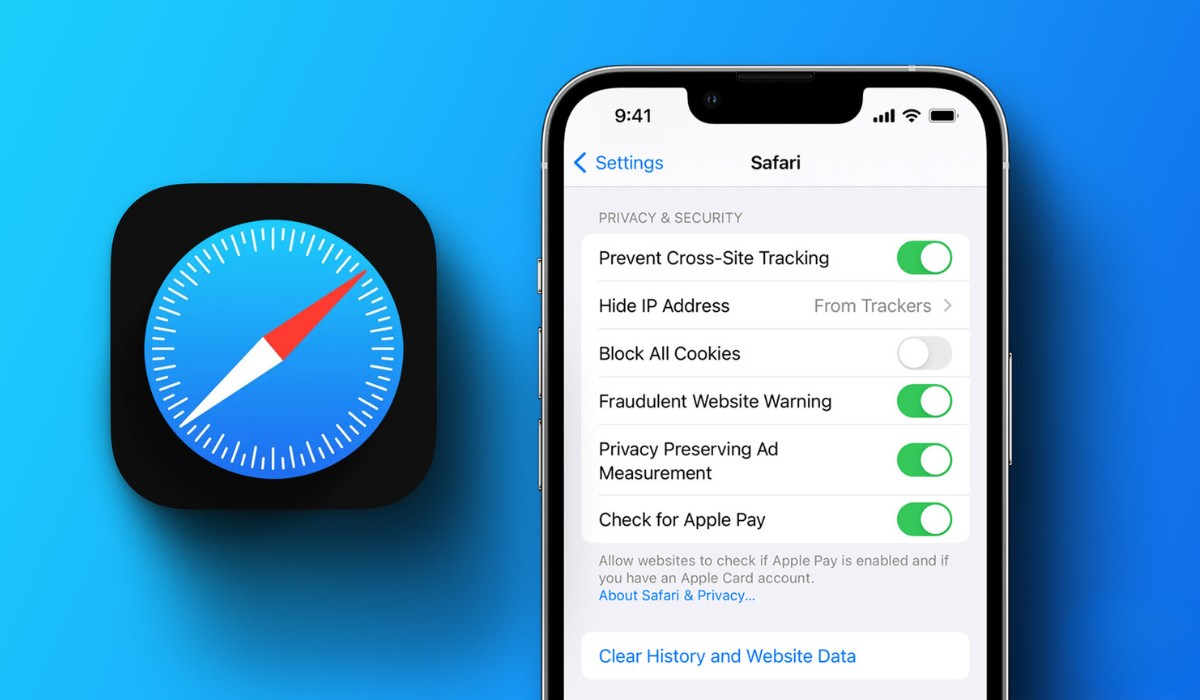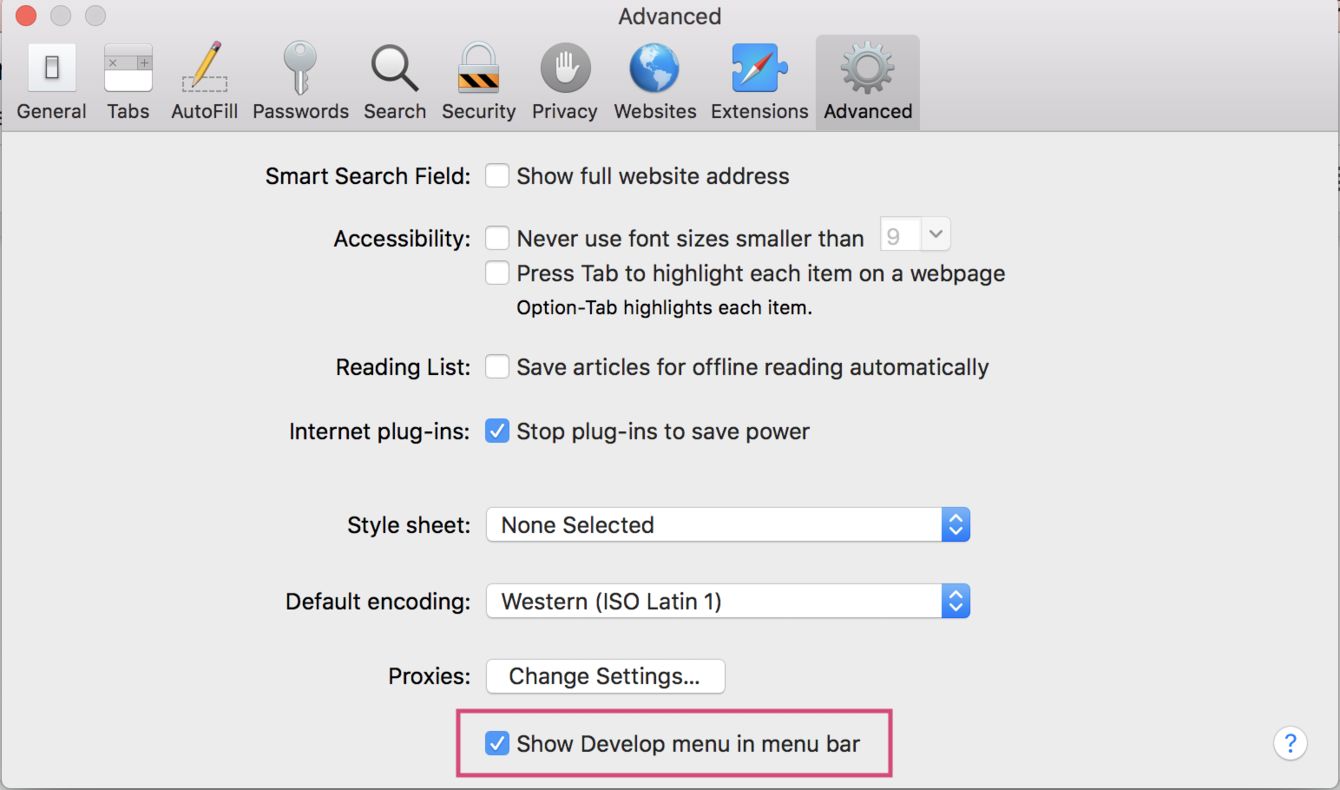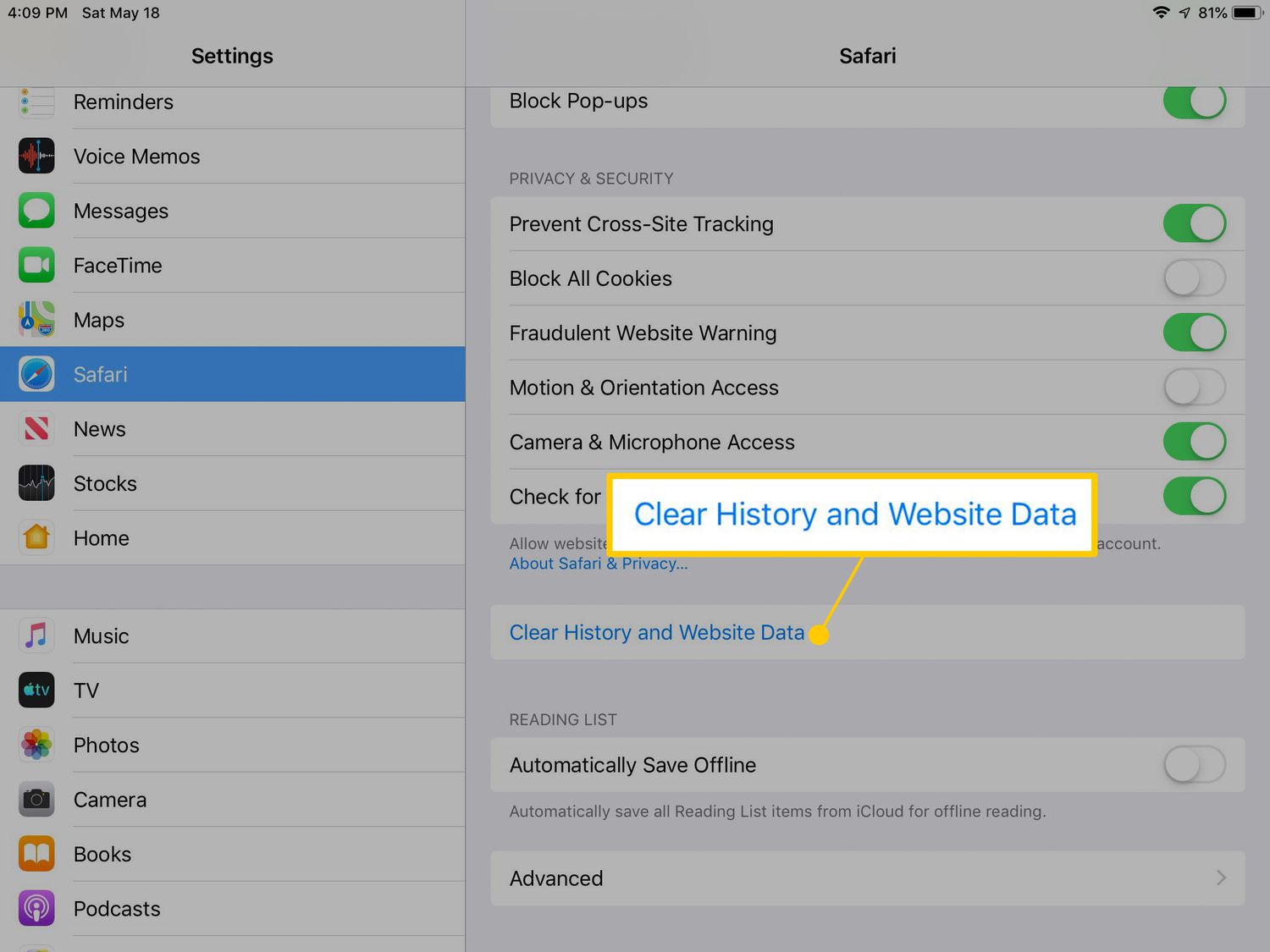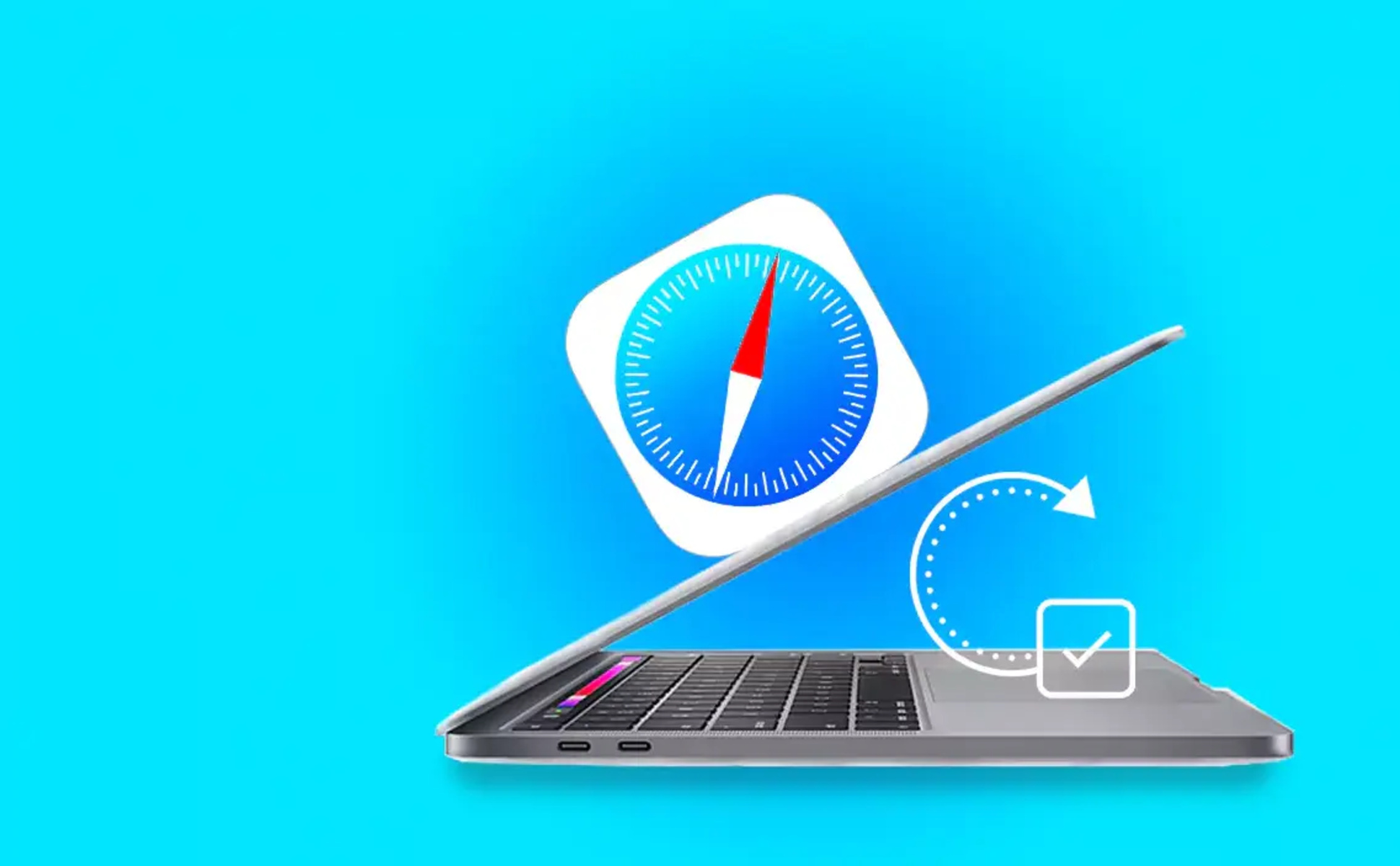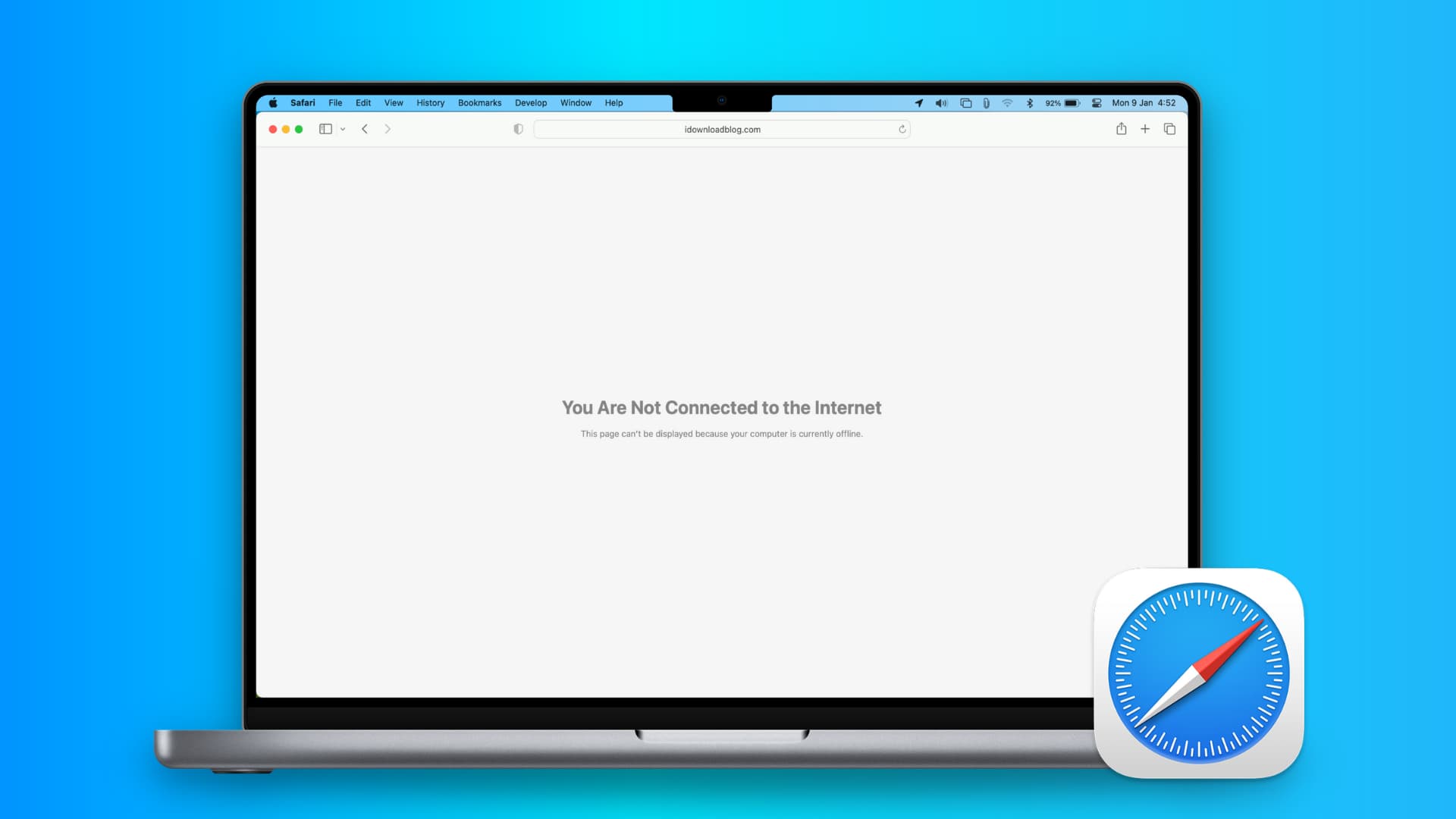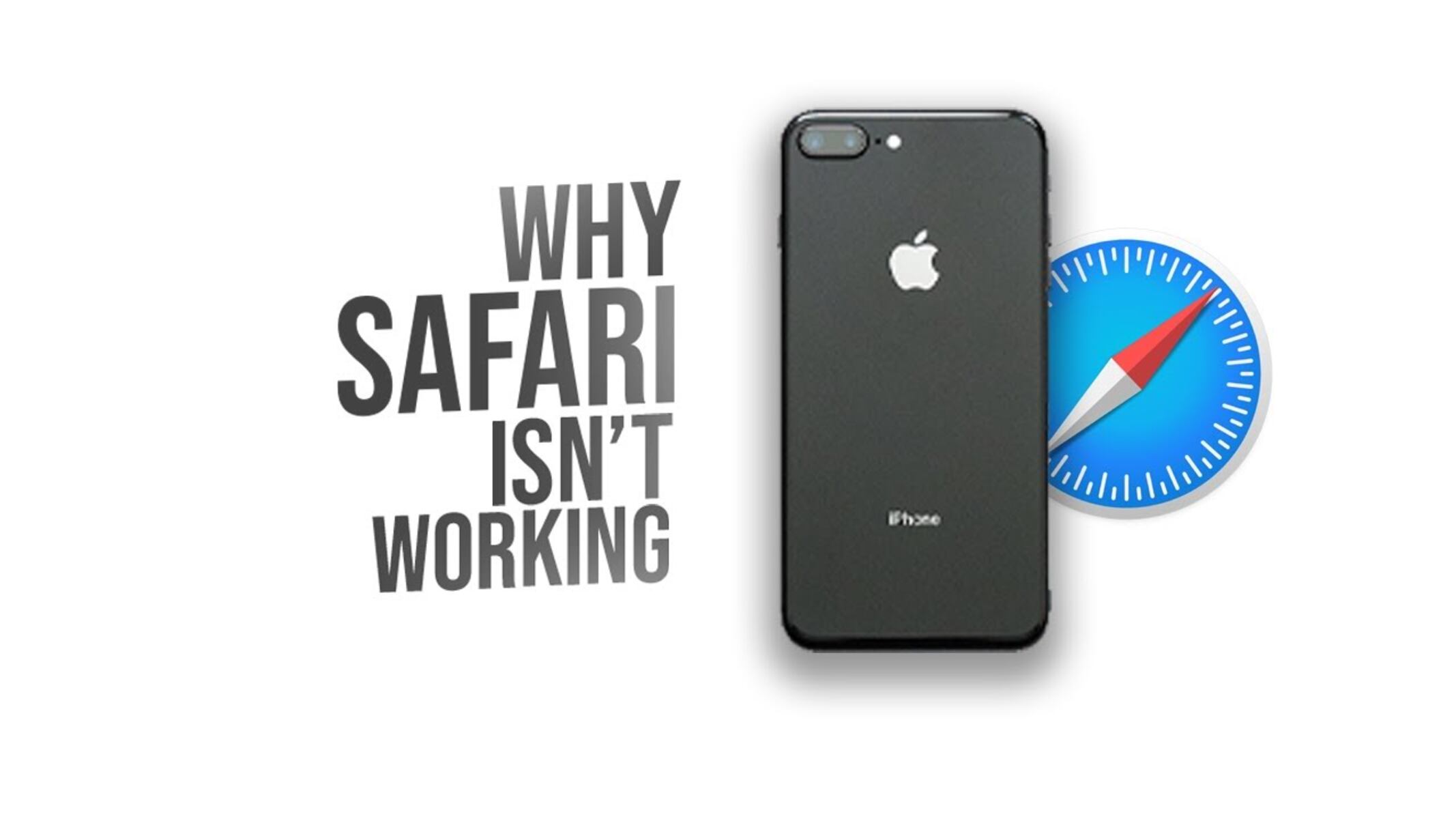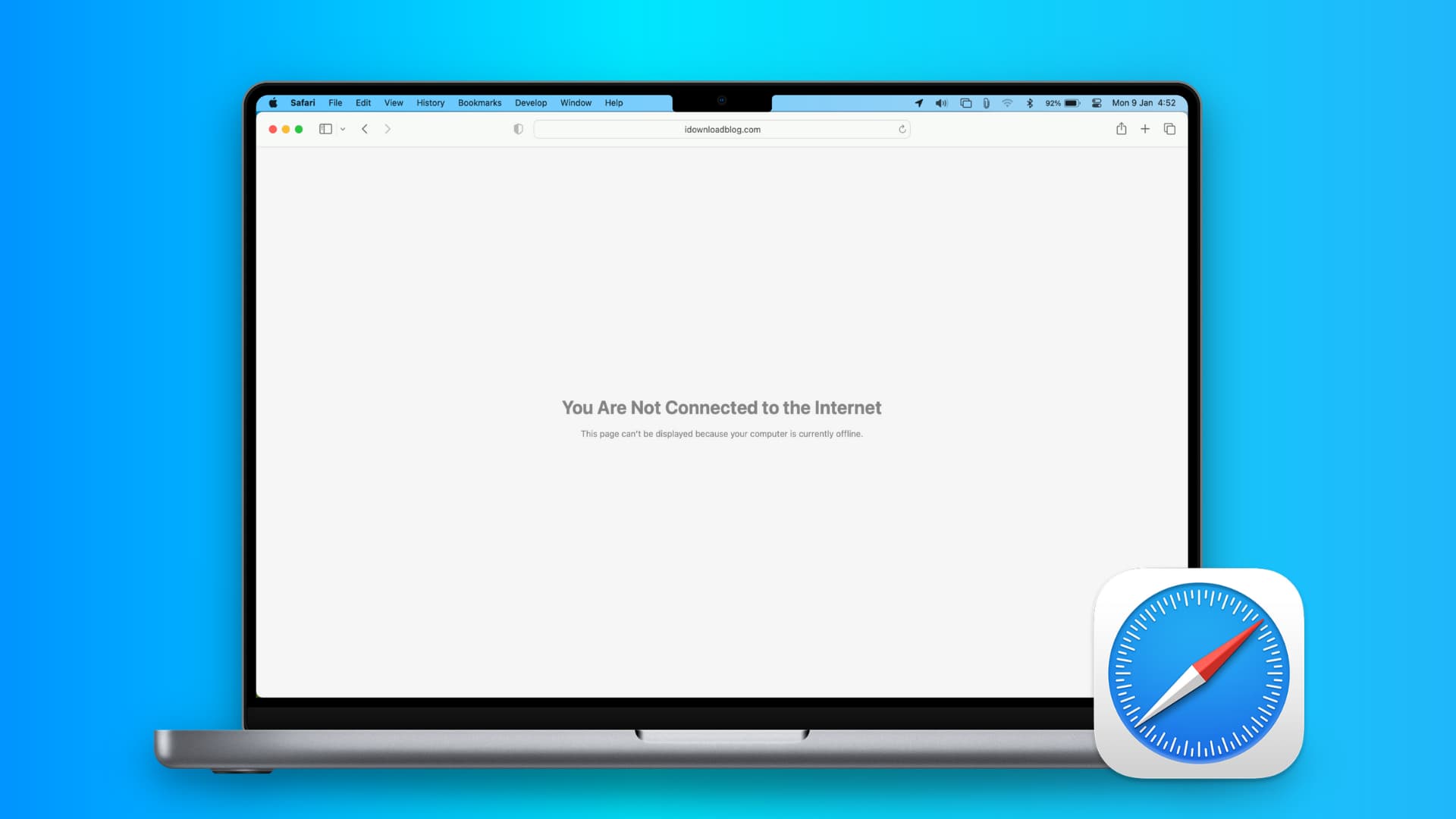Introduction
Safari, the sleek and intuitive web browser developed by Apple, offers a seamless browsing experience across all Apple devices. Whether you're using Safari on your iPhone, iPad, or Mac, it's essential to understand how to clear browsing data to ensure privacy, optimize performance, and resolve certain browsing issues.
In this comprehensive guide, we'll delve into the various methods for clearing different types of data in Safari. From clearing the cache and cookies to erasing browsing history and website data, we'll walk you through the step-by-step process for each, empowering you to maintain a clean and efficient browsing environment.
As you navigate the digital landscape, your browser accumulates a wealth of data, including temporary files, cookies, and browsing history. While these elements enhance your browsing experience by storing preferences and speeding up page loading, they can also lead to privacy concerns and potential performance issues over time. By understanding how to clear these elements in Safari, you can take control of your browsing data and ensure a secure and optimized online experience.
Whether you're troubleshooting website loading problems, protecting your privacy, or simply looking to free up storage space on your device, knowing how to clear Safari's cache, cookies, history, and website data is invaluable. By the end of this guide, you'll be equipped with the knowledge and confidence to navigate Safari's settings and efficiently manage your browsing data.
So, let's embark on this journey to uncover the essential techniques for clearing Safari's data, empowering you to maintain a clean, secure, and efficient browsing experience across your Apple devices.
Clearing Safari Cache and Cookies
Clearing the cache and cookies in Safari is a fundamental maintenance task that can enhance your browsing experience and address certain issues related to website data. The cache stores temporary files, such as images and scripts, to speed up the loading of web pages you frequently visit. Cookies, on the other hand, are small pieces of data that websites store on your device to remember your preferences and login information.
To clear the cache and cookies in Safari on an iPhone or iPad, start by opening the Settings app and scrolling down to find Safari. Tap on Safari, and then scroll down to the "Clear History and Website Data" option. Confirm your selection by tapping "Clear History and Data." This action will remove your browsing history, cookies, and other browsing data from your device.
On a Mac, clearing the cache and cookies in Safari is just as straightforward. Open Safari and click on "Safari" in the top menu bar. From the drop-down menu, select "Preferences." In the Preferences window, navigate to the "Privacy" tab. Here, you'll find the option to "Manage Website Data." Clicking on this option will allow you to remove all website data, including cookies and cache files, from your Mac.
By regularly clearing the cache and cookies in Safari, you can ensure that your browsing data remains current and that any potential issues related to outdated or corrupted data are mitigated. Additionally, this practice can help protect your privacy by removing stored login information and preferences from your device.
In summary, clearing the cache and cookies in Safari is a simple yet effective way to maintain a clean and optimized browsing environment. By incorporating this maintenance task into your routine, you can enjoy a smoother browsing experience and address potential issues related to outdated or corrupted website data.
Clearing Safari History
Clearing your browsing history in Safari is a crucial step in managing your online privacy and maintaining a clutter-free browsing experience. Your browsing history contains a record of the websites you've visited, including the dates and times of your visits. While this feature can be convenient for revisiting previously viewed sites, it also poses potential privacy concerns if left unmanaged.
On an iPhone or iPad, clearing your browsing history in Safari is a straightforward process. Begin by launching the Settings app and scrolling down to locate Safari. Tap on Safari, and then select the "Clear History and Website Data" option. Confirm your decision by tapping "Clear History and Data." This action effectively removes all traces of your browsing history from your device, safeguarding your privacy and ensuring that your browsing activity remains private.
If you're using Safari on a Mac, the process of clearing your browsing history is equally simple. Open Safari and click on "History" in the top menu bar. From the drop-down menu, select "Clear History." A dialog box will appear, allowing you to choose the time range for which you want to clear your browsing history. You can opt to clear the history from the last hour, today, today and yesterday, or all history. Once you've made your selection, click "Clear History" to erase the specified browsing data from your Mac.
Regularly clearing your browsing history in Safari not only protects your privacy but also helps maintain a streamlined browsing experience. By removing the clutter of accumulated browsing history, you can navigate Safari with greater efficiency and ensure that your browsing activity remains confidential.
In summary, clearing your browsing history in Safari is a simple yet impactful practice that empowers you to take control of your online privacy and optimize your browsing environment. By incorporating this routine maintenance task into your browsing habits, you can enjoy a more secure and efficient browsing experience across your Apple devices.
Clearing Safari Website Data
Clearing Safari's website data is an essential step in managing your browsing environment and optimizing the performance of the browser. Website data includes information stored by websites, such as cache files, cookies, and local storage, which can accumulate over time and impact the efficiency of your browsing experience.
On an iPhone or iPad, clearing Safari's website data can be accomplished by accessing the Settings app and scrolling down to locate Safari. Tap on Safari, and then select the "Advanced" option. From the Advanced menu, tap on "Website Data." Here, you'll find a list of all websites that have stored data on your device. To remove this data, simply tap "Remove All Website Data" and confirm your decision. This action effectively clears all website data stored by various websites, ensuring a clean and optimized browsing environment on your iOS device.
If you're using Safari on a Mac, the process of clearing website data is similarly straightforward. Open Safari and click on "Safari" in the top menu bar. From the drop-down menu, select "Preferences." In the Preferences window, navigate to the "Privacy" tab. Here, you'll find the option to "Manage Website Data." Clicking on this option will display a list of websites with stored data. You can remove individual website data by selecting specific sites and clicking "Remove," or you can choose to remove all website data by clicking "Remove All." This process effectively clears the cache, cookies, and local storage data associated with the selected websites, optimizing your browsing environment on your Mac.
Regularly clearing Safari's website data is crucial for maintaining a clean and efficient browsing experience. By removing accumulated website data, you can free up storage space on your device, enhance privacy by erasing stored login information, and address potential browsing issues related to outdated or corrupted data. Additionally, clearing website data can contribute to improved browser performance and faster page loading times, ensuring a seamless and responsive browsing experience across your Apple devices.
In summary, clearing Safari's website data is a simple yet impactful practice that empowers you to manage your browsing environment effectively. By incorporating this routine maintenance task into your browsing habits, you can optimize the performance of Safari and enjoy a secure and efficient browsing experience on your iPhone, iPad, and Mac.
Clearing Safari AutoFill Data
Clearing Safari's AutoFill data is an essential aspect of maintaining privacy and managing stored information related to form entries, passwords, and payment details. AutoFill is a convenient feature that automatically populates fields with saved information, streamlining the process of filling out forms and logging into websites. However, over time, this stored data can accumulate and potentially pose privacy and security risks. Therefore, it's important to understand how to clear AutoFill data in Safari on your Apple devices.
On an iPhone or iPad, clearing Safari's AutoFill data can be achieved by accessing the Settings app and scrolling down to locate Safari. Tap on Safari, and then select the "AutoFill" option. From the AutoFill menu, you'll find various categories, including "Saved Credit Cards," "Saved Passwords," and "Saved Names and Passwords." To clear AutoFill data in any of these categories, simply tap on the respective option and then select "Edit" in the top-right corner. You can then choose to remove individual entries by tapping the red minus icon next to each entry, or you can opt to clear all entries within a category by tapping "Clear All." Confirm your decision, and the selected AutoFill data will be removed from your device.
If you're using Safari on a Mac, the process of clearing AutoFill data is similarly straightforward. Open Safari and click on "Safari" in the top menu bar. From the drop-down menu, select "Preferences." In the Preferences window, navigate to the "AutoFill" tab. Here, you'll find various AutoFill categories, such as "Using info from my contacts," "User names and passwords," "Credit cards," and more. To clear AutoFill data within a specific category, simply select the category and click "Edit." You can then remove individual entries or clear all entries within the category, effectively erasing the stored AutoFill data from your Mac.
Regularly clearing Safari's AutoFill data is crucial for safeguarding your privacy and managing stored information effectively. By removing outdated or unnecessary AutoFill entries, you can mitigate the risk of unauthorized access to sensitive information and ensure that your AutoFill data remains current and relevant. Additionally, clearing AutoFill data can contribute to a streamlined browsing experience and enhance the security of your online activities.
In summary, understanding how to clear Safari's AutoFill data empowers you to manage stored information effectively and maintain a secure browsing environment across your Apple devices. By incorporating this routine maintenance task into your browsing habits, you can optimize privacy, security, and efficiency when using Safari for web browsing and form filling.
Conclusion
In conclusion, mastering the art of clearing browsing data in Safari is a fundamental skill that empowers users to maintain a secure, efficient, and personalized browsing experience across their Apple devices. By understanding the various methods for clearing cache, cookies, history, website data, and AutoFill data, users can take control of their browsing environment, optimize performance, and safeguard their privacy.
Regularly clearing the cache and cookies in Safari ensures that browsing data remains current and that potential issues related to outdated or corrupted data are mitigated. This practice not only enhances privacy by removing stored login information and preferences but also contributes to a smoother browsing experience.
Clearing browsing history in Safari is a crucial step in managing online privacy and maintaining a clutter-free browsing environment. By erasing the traces of visited websites, users can navigate Safari with greater efficiency and ensure that their browsing activity remains confidential.
The process of clearing website data in Safari is equally essential for optimizing the browser's performance and managing stored information effectively. By removing accumulated website data, users can free up storage space, enhance privacy, and address potential browsing issues related to outdated or corrupted data.
Understanding how to clear AutoFill data in Safari is crucial for safeguarding privacy and managing stored information effectively. By regularly clearing outdated or unnecessary AutoFill entries, users can mitigate the risk of unauthorized access to sensitive information and ensure that their AutoFill data remains current and relevant.
Incorporating these routine maintenance tasks into browsing habits empowers users to optimize privacy, security, and efficiency when using Safari for web browsing and form filling. By mastering the techniques for clearing browsing data in Safari, users can enjoy a seamless and personalized browsing experience while maintaining control over their online privacy and data management.
In essence, the ability to clear browsing data in Safari is not only a practical skill but also a proactive approach to maintaining a clean, secure, and efficient browsing environment. With the knowledge and confidence gained from this guide, users can navigate Safari with ease, knowing that they have the tools to manage their browsing data effectively and optimize their online experience.







